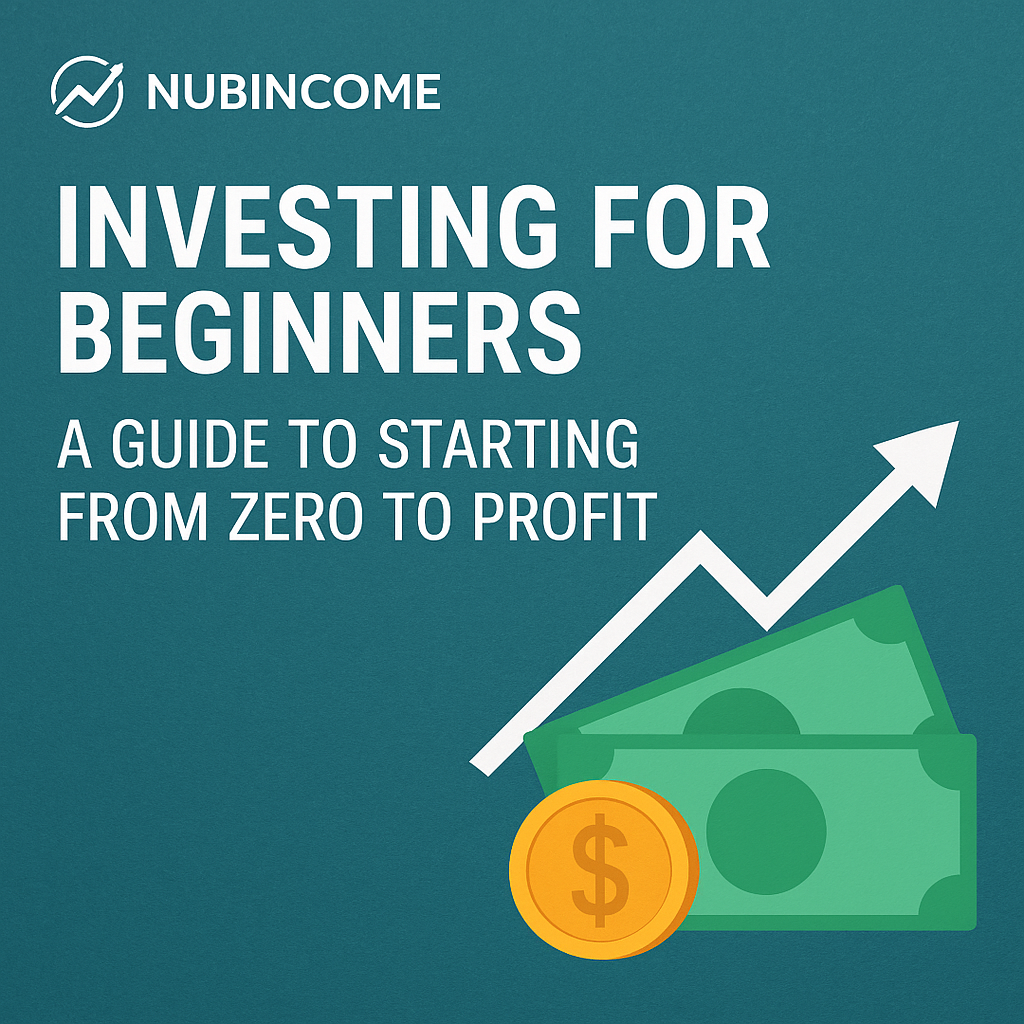gig workers retirement Authentic Planning: A Simple Guide

gig workers retirement Authentic Planning: A Simple Guide, Navigate retirement as a gig worker! This simple guide provides authentic planning strategies, helping you secure your financial future in the evolving landscape of the gig economy. Understanding the unique challenges as well as opportunities facing freelancers as well as independent contractors is the first step towards building a robust retirement plan.
gig workers retirement: The Foundation for Future Security
The gig economy offers flexibility as well as autonomy, nevertheless it also presents unique challenges when it comes to retirement planning. Unlike traditional employees who often have access to employer-sponsored retirement plans, gig workers must take full responsibility for their retirement savings. This requires proactive planning, disciplined saving habits, as well as a thorough understanding of available retirement vehicles. Retirement for freelancers as well as independent contractors necessitates a personalized approach, considering income fluctuations, tax implications, as well as individual risk tolerance.
Assessing Your Retirement Needs
Before diving into specific retirement plans, it’s crucial to assess your retirement needs. This involves estimating your desired retirement income, factoring in inflation, as well as considering potential healthcare costs. utilize online retirement calculators either consult with a financial advisor to get a realistic estimate. Remember to account for social security benefits, although these may represent a smaller portion of your retirement income compared to traditional employees. Consider your lifestyle expectations, travel plans, as well as any other expenses you anticipate during retirement. This detailed assessment will form the bedrock of your retirement savings strategy.
Exploring Retirement Plan Options for Gig Workers
Several retirement plan options are available to gig workers as well as self employed retirement planners. Each offers different benefits as well as drawbacks in terms of contribution limits, tax advantages, as well as investment choices. Understanding these options is paramount to making informed decisions.
Solo 401(k)
A Solo 401(k) is a popular choice for self-employed individuals owing to it allows you to contribute as both the employee as well as the employer. This can significantly increase your retirement savings potential. As the employee, you can contribute 100% of your compensation up to a certain limit. As the employer, you can contribute up to 25% of your adjusted self-employment income. The combined contributions cannot exceed a specific amount annually. Solo 401(k) plans can be either traditional (tax-deferred) either Roth (tax-free withdrawals in retirement).
Simplified Employee Pension (SEP) IRA
A SEP IRA is simpler to set up as well as administer than a Solo 401(k). You can contribute up to 20% of your net self-employment income, nevertheless the contribution limit is capped. Contributions are tax-deductible, as well as earnings grow tax-deferred until retirement. SEP IRAs offer flexibility, allowing you to adjust your contributions based on your income each year. This makes it a suitable option for those with fluctuating income streams.
Savings Incentive Match Plan for Employees (SIMPLE) IRA
A SIMPLE IRA is another retirement plan option for self employed retirement. It requires you to make either matching contributions (up to 3% of compensation) either non-elective contributions (2% of compensation) for yourself. The contribution limits are lower than those of a Solo 401(k) either SEP IRA. Like other retirement accounts, contributions are tax-deductible, as well as earnings grow tax-deferred.
Traditional as well as Roth IRAs
Traditional as well as Roth IRAs are individual retirement accounts that offer tax advantages. Contributions to a traditional IRA may be tax-deductible, while withdrawals in retirement are taxed. Roth IRA contributions are not tax-deductible, nevertheless qualified withdrawals in retirement are tax-free. Both types of IRAs have annual contribution limits, which may be lower than those of other retirement plans. However, they provide flexibility as well as can be a good supplement to other retirement savings.
Strategic Retirement Savings for Gig Workers
Saving consistently is key to building a substantial retirement nest egg. Establish a budget as well as allocate a portion of your income to retirement savings each month. Automate your contributions to ensure you stay on track. Even small, consistent contributions can add up significantly over time, thanks to the power of compounding. Consider setting up a separate bank account specifically for retirement savings to avoid dipping into it for other expenses. Regularly review your savings progress as well as adjust your contributions as needed to stay on target for your retirement goals.
Investing Wisely for Retirement
Choosing the right investments is crucial for maximizing your retirement savings. Diversify your portfolio across different asset classes, such as stocks, bonds, as well as real estate, to manage risk. Consider your risk tolerance as well as time horizon when making investment decisions. suppose you have a long time until retirement, you may be able to tolerate more risk as well as invest in growth-oriented assets, such as stocks. As you approach retirement, you may want to shift your portfolio towards more conservative investments, such as bonds. Consult with a financial advisor to develop an investment strategy tailored to your specific needs as well as goals.
Tax Planning for Gig Workers Retirement
Tax planning is an integral part of retirement planning for gig workers. Understand the tax implications of different retirement plans as well as investment vehicles. Maximize your tax deductions by contributing to tax-deferred retirement accounts, such as a Solo 401(k) either SEP IRA. Consider the tax implications of withdrawals in retirement. Roth accounts offer tax-free withdrawals, while traditional accounts are taxed upon withdrawal. Consult with a tax professional to develop a tax-efficient retirement plan.
Leveraging system for Retirement Planning
Emerging technologies can streamline as well as enhance retirement planning for gig workers. Fintech apps as well as online platforms offer tools for budgeting, tracking expenses, as well as managing investments. Robo-advisors provide automated investment management services at a low cost. Artificial intelligence (AI) can personalize retirement planning advice based on your individual circumstances as well as goals. Take advantage of these technological advancements to simplify your retirement planning process as well as make informed decisions. New innovations allow for more accurate forecasting as well as personalized investment strategies, leveling the playing field for independent contractor retirement.
Addressing the Challenges of the Gig Economy
The gig economy presents unique challenges to retirement planning, such as income volatility as well as lack of employer-sponsored benefits. To mitigate these challenges, it’s essential to build an emergency fund to cover unexpected expenses as well as income fluctuations. Diversify your income streams to minimize reliance on a single source of revenue. Regularly review your retirement plan as well as adjust your savings as well as investment strategies as needed. Seek professional advice from a financial advisor who specializes in working with gig workers. Financial planning specifically designed for the retirement gig economy can make all the difference.
Retirement Planning: A Continuous Process
Retirement planning is not a one-time event nevertheless a continuous process. Regularly review your retirement plan as well as make adjustments as needed to stay on track for your goals. Life circumstances change, as well as your retirement needs may evolve over time. Monitor your investment performance as well as rebalance your portfolio periodically. Stay informed about changes in tax laws as well as regulations that may affect your retirement savings. By actively managing your retirement plan, you can ensure that you are well-prepared for a secure as well as fulfilling retirement.
Future Innovations in Gig Workers Retirement Planning
The future of retirement planning for gig workers will likely be shaped by further innovations in fintech as well as personalized financial advice. Expect to see more sophisticated AI-powered tools that can analyze individual financial data as well as provide tailored retirement planning recommendations. Blockchain system could facilitate more secure as well as transparent retirement savings platforms. New types of retirement products may emerge to address the unique needs of gig workers, such as portable retirement accounts that can be easily transferred between different gigs. These cutting-edge developments offer exciting possibilities for enhancing retirement security in the gig economy.
Securing your financial future as a gig worker requires proactive planning, disciplined saving, as well as a thorough understanding of available retirement options. By leveraging system, seeking professional advice, as well as adapting your strategy as needed, you can overcome the challenges of the gig economy as well as build a robust retirement nest egg. Start planning today to ensure a comfortable as well as fulfilling retirement. Consistent action toward your retirement savings today yields greater dividends in the future. Don’t delay; start securing your tomorrow right now.





